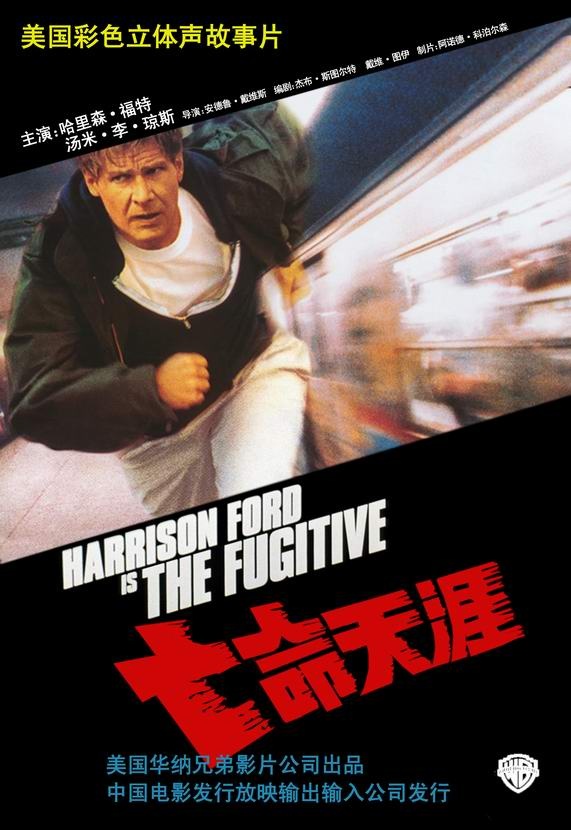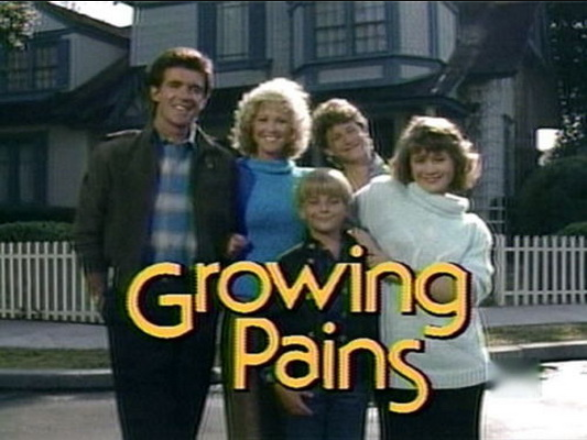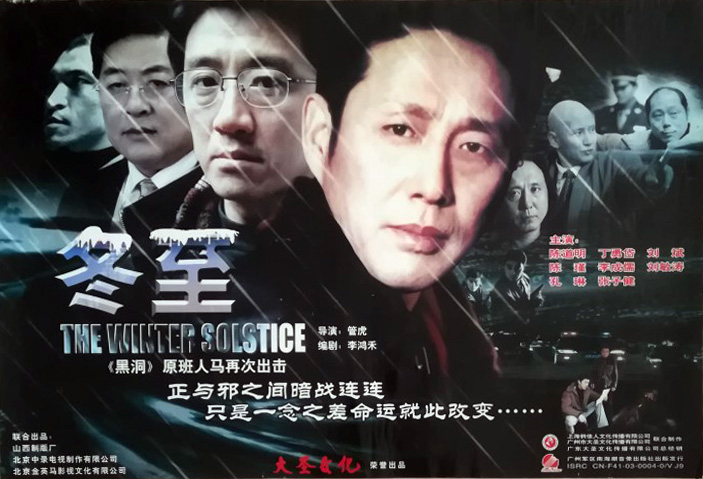
Editor's Note: This is a nostalgic theater.
In October 1994, China Film Group began importing a series of American box-office hits, marking the beginning of a new era of openness in the Chinese mainland film market.
This was not an isolated act nor a decision that could be made by a single company. Looking back a few years, there were only a handful of American films released in mainland China each year. Even if they were not Hollywood blockbusters, most would still attract significant interest from audiences. For example, "Flashdance," which led the disco craze in the 1980s, reportedly had a licensing fee averaging $20,000 per film.
In the 1990s, as China set its reform goals toward establishing a socialist market economy, all industries underwent comprehensive transformations. In 1993, the Ministry of Radio, Film, and Television issued two documents outlining the operational scope for domestic film studios, assigning China Film Group the task of importing Hollywood blockbusters while sharing box-office earnings with Hollywood studios based on domestic ticket sales. This decision injected new life into the stagnant film industry of the time.

A movie poster from 30 years ago, evoking a nostalgic feel.
The first imported film, "The Fugitive," was shown for one week in six cities: Shanghai, Tianjin, Beijing, Zhengzhou, Chongqing, and Guangzhou, bringing in ticket sales of 25 million RMB. Considering today’s box office figures, which can easily top 100 million, this performance may not seem impressive. However, in 1994, the top-grossing domestic film, "Chongqing Negotiation," only earned 7.57 million RMB, making the box office of this imported film three times greater than that of the leading domestic production. This comparison highlights the strong appeal of Hollywood blockbusters. Even though the stars of the imported films were not recognized by Chinese audiences, and many could not even distinguish between American actors' faces, viewers were eager to crowd into theaters just to experience “Western scenes.”
From 1994 to 2001, for eight consecutive years, the top spots at the box office were held by imported Hollywood blockbusters, with the sole exception being the patriotic film "Choices of Life and Death" in 2000. It was not until 2002 that the domestic blockbuster "Hero" became the box office champion, leading to a full revival in domestic film production and a new wave of industry growth. China Film Group's commitment to "importing ten American blockbusters each year" opened the doors for film enthusiasts to explore exotic cinematic experiences, gradually cultivating a mature film market and subtly influencing the cultural psychology of the Chinese people. Between 1994 and 2000, China Film Group imported 46 foreign blockbusters, including "Titanic" (1998), which achieved box office earnings of 359 million RMB in the mainland market.

Without the extraordinary beauty of youth, there could be no extreme cruelty or shock of fate. The cultural significance of imported films in expanding our imagination is immense.
Looking back at the days of "going to the cinema to watch imported blockbusters," it has now become an unforgettable sentiment. Thirty years ago, without the convenience of smartphones, the majority of people had limited entertainment options, primarily consisting of television, movies, radio, board games, and print media. Movies represented an unattainable dream, offering immersive experiences that transcended everyday life. Moreover, imported films contained an underlying inclination toward consumerism and liberal values, which resonated with audiences and provided inspiration and yearning—an impact that current viewers seeking mere entertainment might struggle to comprehend.
During the period from 1994 to 1995, several films emerged as the standout examples of this initial wave of imports, all brimming with action elements and grand spectacles.
"The Fugitive": The Shock of Cinematic Industry
The first imported "blockbuster" was actually a summer film that premiered in the U.S. in August 1993 and became the second highest-grossing film of that year. The champion, "Jurassic Park," drew in double the box office revenue of "The Fugitive," leaving Chinese audiences deprived of experiencing that classic. Whether it was due to thematic considerations or challenges in business negotiations remains unknown. Despite the delay of over a year since its initial release, "The Fugitive" still offered an explosive viewing experience for Chinese audiences.

The atmosphere and visual effects of American commercial films are masterfully executed, showcasing the quality of blockbusters.
The film's storyline is straightforward: a doctor, wrongfully accused of murdering his wife, embarks on a journey to clear his name while uncovering the truth behind her murder. Its structure follows the typical suspense action of commercial films, and considering its narrative parallels with the highly acclaimed Japanese film “The Chase” from the 1980s, it’s possible that China Film Group chose to import this film to make a significant impact.
From a commercial perspective, although lead actor Harrison Ford was already middle-aged, he still maintained a strong reputation among American audiences. During those years, his films, regardless of genre, consistently placed on the box office charts. Additionally, “The Fugitive” received several nominations at the Oscars, and supporting actor Tommy Lee Jones even won the Best Supporting Actor award—further ensuring the film's overall quality. However, it’s difficult to argue that “The Fugitive” is considered a classic. If not for its status as the "first imported film," it might not hold much retrospection value for Chinese audiences.

The scene of the train crash.
However, upon its release, the scene depicting a supposed $1.5 million train crash had the audience in awe, even earning admiration from domestic film production personnel. Film is an art that burns money, but back then, no one imagined the extent of that expenditure. For just a few minutes of footage, the extensive involvement of specialized departments, visual effects, and practical set designs showcased a colossal investment. In the 1980s, we produced monumental works such as “Journey to the West,” “Dream of the Red Chamber,” and even the epic “The Great Decision.” Yet, we could not replicate the lavish spending of American blockbusters to create "extreme dream-making" effects. All of these astonishing artistic effects that wowed both audiences and filmmakers stemmed from the solid foundation of Hollywood's film industry, which had been cultivated over decades.
Today, we realize that “The Fugitive” may only be a template for Hollywood's uniform commercial replication: from mature genre tropes to meticulously refined scripts, from star systems to box office considerations, and from the seamless collaboration of departments in the production process—all stemming from a standard "industrial route." Today, we also have mega blockbusters like “The Wandering Earth” series, which at one point employed around 1,200 staff, already setting a world-class standard for film production.
This path of industrialization in the film industry has been traversed by China for 30 years, reaching a certain pinnacle. For people 30 years ago, this was an unimaginable spectacle.
"Speed": The Birth of an Action Icon

The somewhat retro poster for “Speed.” At least the original poster elements are simpler. The mainland version's design resembles that of the Japanese version.
"Speed" ranked 7th among box office hits in the U.S. in 1994, grossing $120 million, which was still far behind "The Fugitive's" $180 million. Still, it gained much higher recognition and popularity in China than its predecessor.
The film tells the story of an officer trying to defuse a bomb on a runaway tourist bus, all while engaging in a romantic subplot with a female passenger. It bears a striking resemblance to the Japanese film "Shinkansen Exploding Incident" (1975), which also depicts a train rigged with a bomb that cannot stop, suggesting Hollywood may have borrowed or adapted the idea. In the late 1980s, driven by Japan's economic bubble, Japanese commercial films wielded substantial influence over Hollywood, and these films were subsequently imported into China—potentially reflecting an unconscious cultural judgment about their appeal across East and West.

In this image, actress Sandra Bullock appears flustered and anxious, easily representing the face of any female audience member embraced and protected by such an arm.
From today’s perspective, although the special effects may no longer astonish viewers, the confined space of the bus still holds enough dramatic tension. As a thriller, its plot even feels more original than "The Fugitive," and it garnered rave reviews from American critics at the time.
However, the film's true selling point is its charming lead, the stunning Keanu Reeves—who, interestingly, has about one-eighth Chinese ancestry, contributing to his unique screen charisma.
A fledgling actor might not seem particularly significant in the grand scheme of the film. Yet, when you consider today’s heartthrobs like Wang Yibo and the fanfare they generate, alongside the immense brand value they bring, you start to see the complexity of this situation. Then there's actor Kai Ko, buoyed by years of industry backing, who has recently gained some attention. In stark contrast, 70-year-old Jackie Chan continues to star in action films, demonstrating that earning viewers' affection and recognition as an action star is a rare achievement in the film industry. Even the current Hollywood landscape shows that even handsome actors like “Captain America” cannot assume the mantle of “action movie ambassadors,” leaving the field largely to over-60 powerhouses like Tom Cruise and Keanu Reeves. We should marvel at the observation that while new stars emerge every year, producing a lasting “action star” may take decades.

If stars like Hepburn and Monroe can be adored by fans, Keanu Reeves equally deserves to be the “dream of millions of girls.” Not only do his features play a role, but his entire image, demeanor, and charisma as an actor come together and embody the allure of his characters.
Although the artistic value of “action icons” is often underestimated compared to “acting stars,” in retrospect, we will appreciate their youthful vitality, dynamism, and muscular outlines captured on the big screen. These moments are no less significant than an “acting performance,” showcasing the inherent charm of these characters.
"Speed" will age like fine wine, forever resonating with audiences, a realization that perhaps eluded viewers 30 years ago.
"True Lies": The Artistic Value of Blockbusters

The aesthetics of the posters seem to improve as time goes on. We finally realize that the original American poster designs were quite good.
"True Lies" ranked third among box office hits in the U.S. in 1994, falling behind "The Lion King" and "Forrest Gump," both of which were also introduced in China. The film achieved box office revenue of 103 million RMB in the mainland market in 1995, twice that of the second-ranking film "Sunny Days," marking a significant success.
At that time, audiences and critics were unaware of the powerful presence of director James Cameron, who would later become far more prominent with “Titanic” and “Avatar.” Yet, his previous “Terminator” films had already built substantial acclaim. Consequently, audiences could only understand him as "an action-thriller director


